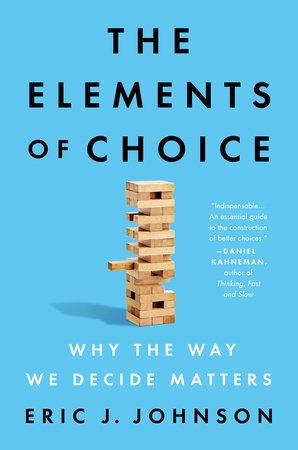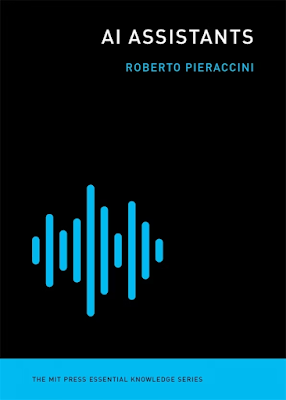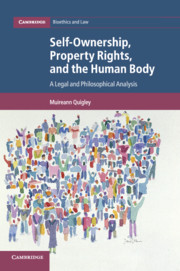Banking on the Body: The Market in Blood, Milk, and Sperm in Modern America
Kara Swanson traces the history of body banks from the nineteenth-century experiments that discovered therapeutic uses for body products to twenty-first-century websites that facilitate a thriving global exchange.
El llibre "Banking on the Body: The Market in Blood, Milk, and Sperm in Modern America" de Kara W. Swanson explora detalladament la història de la mercantilització dels fluids corporals humans als Estats Units moderns [referència a tot el text]. Swanson argumenta que la dicotomia tradicional entre "regal" i "mercaderia" és imprecisa i limitant per entendre les complexes dinàmiques d'intercanvi que involucren sang, llet materna i esperma. Aquesta dicotomia dificulta apreciar els aspectes superposats de venda i donació presents en molts intercanvis i assumeix una separació completa entre els interessos privats i l'interès públic en la distribució d'aquests productes corporals.
El llibre analitza com la metàfora del "banc" ha influït en la discussió pública sobre aquests productes corporals. Per exemple, la prohibició de la compensació per la donació d'òrgans a la National Organ Transplant Act es basa en la idea que els interessos privats i públics són necessàriament oposats, i que els tractaments mèdics vitals haurien d'anar als més malalts i no als més rics. No obstant això, l'autora il·lustra com organitzacions com moremarrowdonors.org intentaven crear un intercanvi on els incentius privats podien coexistir i fins i tot promoure l'interès públic en l'assignació de productes corporals, augmentant l'accés a teràpies que salven vides per a grups socioeconòmicament desavantatjats.
Swanson dedica una part important del llibre a la història dels bancs de sang. Explora els orígens d'aquesta pràctica, començant amb els intents de Bernard Fantus a l'Hospital del Comtat de Cook de Chicago, que va publicar un article titulat "Cook County's Blood Bank". Fantus va treballar per augmentar l'accés a la sang per a transfusions. El llibre examina la transició de la donació remunerada a la donació voluntària durant la Segona Guerra Mundial, impulsada pel patriotisme. També es discuteix la segregació racial de la sang que van practicar alguns bancs, com el del Johns Hopkins Hospital, que separava la sang per evitar controvèrsia, tot i que no hi havia objeccions biològiques o fisiològiques vàlides. En contrast, el Irwin Memorial Blood Bank de San Francisco no separava la sang per raça. El llibre també aborda la importància de la informació detallada del donant per garantir la seguretat de la sang emmagatzemada.
La història dels bancs de llet materna és un altre focus important del llibre. Swanson examina els esforços inicials per organitzar el subministrament de llet materna, com el Directory for Wet Nurses creat per Talbot a Boston el 1910. Aquest directori era una oficina que posava en contacte mares lactants que buscaven feina amb empleadors, cobrant una petita tarifa. Talbot fins i tot va establir una casa on les dones podien viure amb els seus nadons mentre esperaven ser contractades. Aquestes cases també funcionaven com a llocs de disciplina on es monitorava la dieta, la vestimenta i el comportament de les futures dides, i se les examinava per malalties. El llibre descriu la transició gradual de les dides als bancs de llet materna, influenciada per factors com la professionalització de la medicina i la demanda de llet humana per a nadons prematurs [vegeu notes relacionades amb l'evolució de la llet materna]. Swanson també explora el paper de les organitzacions de dones, com la Junior League, en l'establiment i el suport dels bancs de llet materna. El llibre examina l'evolució de les directrius dels bancs de llet, incloent la importància de la història detallada de cada donant i el debat sobre la llet fresca versus la congelada. Finalment, el llibre considera l'aparició de bancs de llet amb ànim de lucre com Prolacta.
La tercera part del llibre se centra en la història dels bancs d'esperma i la inseminació artificial. Swanson traça l'evolució d'aquesta pràctica des dels seus inicis fins a la creació de bancs d'esperma comercials com Idant i Chartered International Cryobank. Aquests bancs oferien serveis com l'emmagatzematge d'esperma abans de la vasectomia. El llibre també examina la influència de l'eugenèsia en els primers bancs d'esperma, com el Repository for Germinal Choice, que tenia l'objectiu explícit de promoure la reproducció utilitzant esperma d'homes "d'elit". La transició cap a les vendes directes als pacients es discuteix, així com la creixent demanda per part de les dones de tenir més control sobre la selecció del donant. El llibre també aborda les qüestions legals i ètiques relacionades amb la inseminació artificial i la paternitat [vegeu notes sobre aspectes legals].
En conclusió, "Banking on the Body" ofereix una anàlisi exhaustiva de la història del mercat de fluids corporals als Estats Units. L'autora demostra com la dicotomia entre regal i mercaderia és insuficient per comprendre les motivacions i les conseqüències d'aquests intercanvis. El llibre revela la complexa interacció entre interessos privats, interès públic, avenços mèdics i canvis socials que han donat forma a aquest mercat en evolució constant. Swanson destaca com les "banques" de sang, llet i esperma no només han facilitat l'accés a recursos mèdics importants, sinó que també han plantejat qüestions ètiques i socials fonamentals sobre la propietat del cos i la distribució de substàncies vitals [referència a conclusions generals del llibre].













